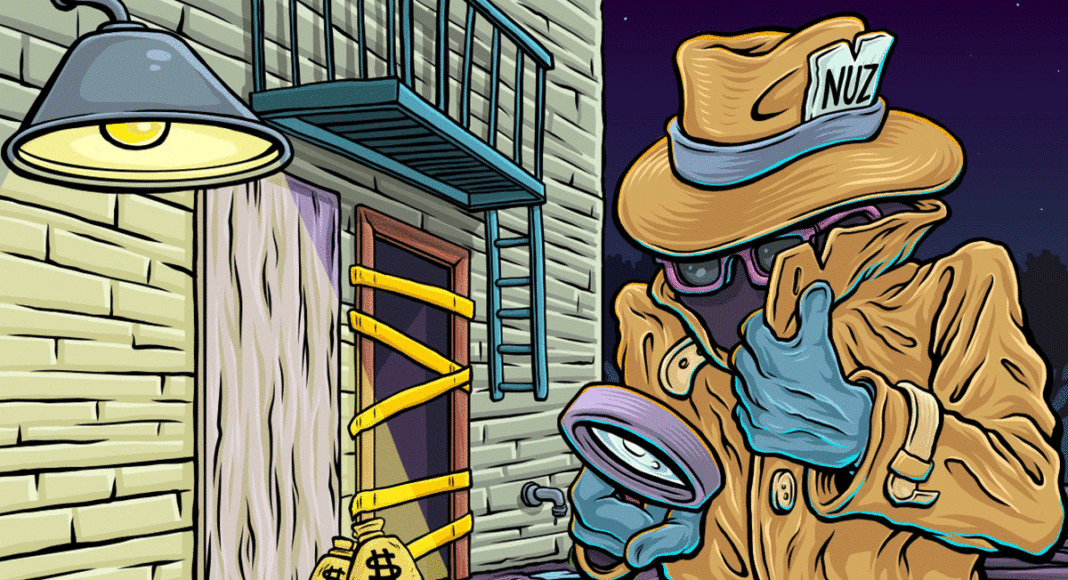Most of what Nuz knows about tech, we learned in 2006 from former U.S. Senator Ted “the internet is a series of tubes” Stevens. In the intervening years, Nuz discovered that the worldwide web wasn’t made up of “tubes” so much as it was “modems” and “routers” and “networks” and a bunch of other stuff, which is around the the time we fell asleep in digital literacy class.
Now there are even more terms to keep up with.
Not long ago, installation of Cruzio’s privately funded local gigabit fiber network, which GT has covered (“The Gig Is Up,” 12/26/19), sounded like it was soaring through to completion. Even the El Rio Mobile Home Park has high-speed internet, we reported! And in a local-oriented town like Santa Cruz, why wouldn’t potential customers be tripping over one another to sign up for a service that sticks it to corporate giants and is offered by a local company—especially if it also means having faster internet?
The full picture on the plan’s progress, we’ve learned, isn’t bleak, but it might not be the stuff of utopian science fiction, either. The latest word from James Hackett, Cruzio’s business operations and development director, is that the company has about 350 customers signed up. About half of those customers currently have fiber, he says, and the rest are scheduled to be connected by this summer. The signups amount to less than 30 percent of the 1,200 properties that have access to the faster internet speeds. It takes a 30-50 percent sign-up rate of people in a fiber area for it to really start paying off from a business standpoint, given the high up-front costs of laying fiber lines underground. Maybe there will be a domino effect in signups as word gets out about upload and download speeds taking a leap forward. The original plan, three years ago, was to build a much bigger fiber network via a public-private partnership with the city of Santa Cruz that would have extended service to every resident by 2018, but talks fell apart.
Given the somewhat lackluster response so far, Cruzio has a few options for its next strategic steps, including using wireless technology to extend the geographic area where they offer gigabit speeds. And the company’s exploring an extension of crazy-fast internet to other mobile home parks.
For all the talk about fiber’s speed, though, the actual installation process may be anything but.
TWITTERED AWAY
Local Santa Cruz Twitter isn’t doing so well, and there isn’t much local about it anymore.
There was a time when Nuz could check Twitter to find out what was happening on the Central Coast. It would tell us what our followees had tweeted over the last few minutes, filling our noggins with up-to-date new information. But after Twitter’s algorithmic changes in recent years, Nuz’s feed is now a deluge of the week’s most popular mini-screeds nationwide—hot takes on jaded statistical analysis about basketball, lukewarm takes on President Trump and cold, calculated dispatches of self-promotion. Gone are the days when the most recent tweets would be waiting for us in chronological order to fill our brain with the latest intel. Instead, here is a funny joke about Republican hypocrisy from three days ago!
Don’t get us wrong: Social media has long been something of a dumpster fire, depending on what lens you’re looking through. In Nuz’s thorough online research (most of it conducted after 3 a.m.), we found that Facebook made us hate ourselves; Twitter made us hate the world. We preferred Twitter.
But these days, with few exceptions, the local Twitter users who were once worth following are now tweeting less—presumably because their insights seldom gain traction under the algorithms. And as if trying to fill that void, the tweeters who can never get anyone to listen to them in real life are tweeting more than ever. #lame
P.S. follow us on Twitter!













